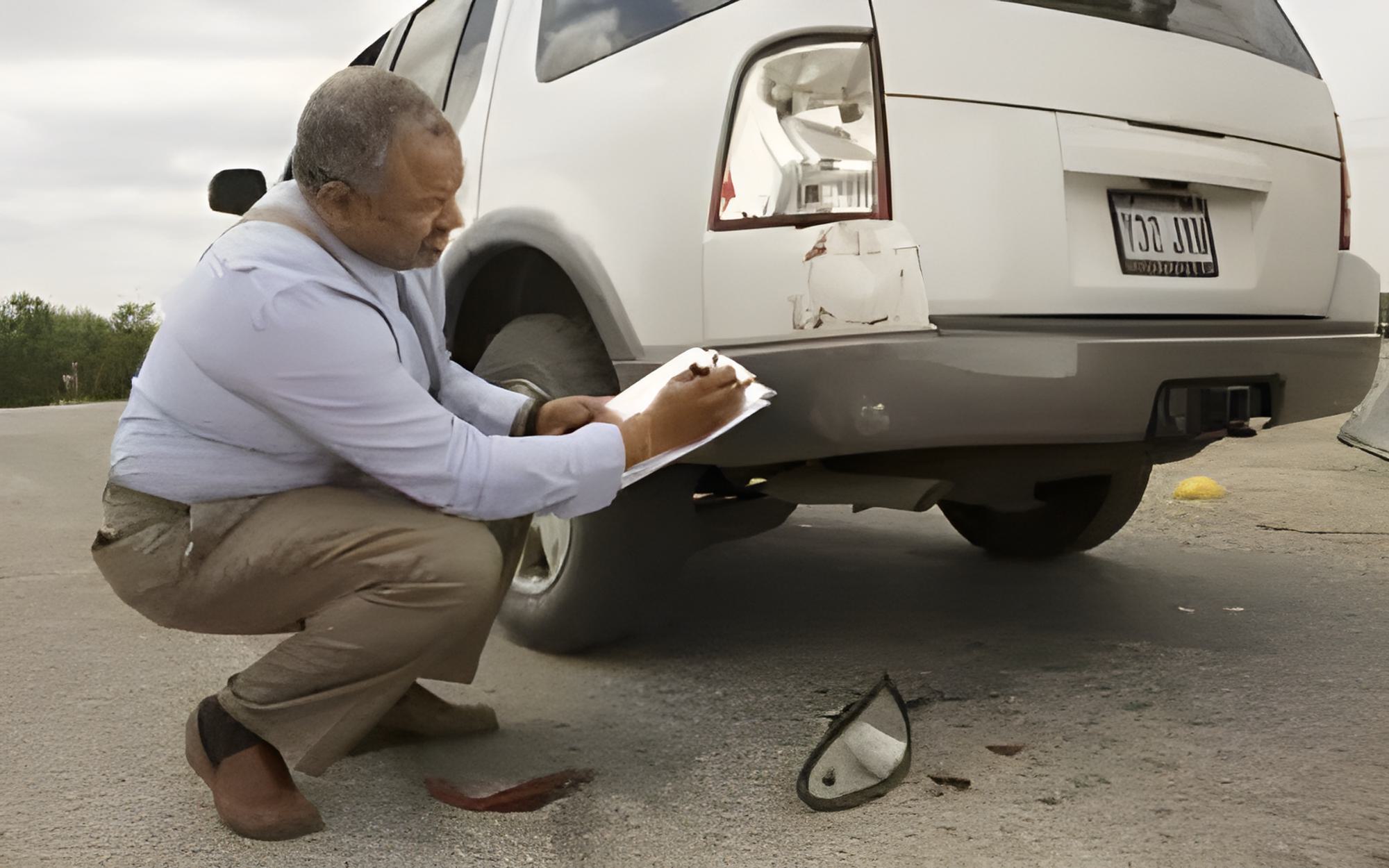Assessing Physical Asset Risk Across Global Operations
This overview describes structured approaches to evaluating physical asset risk across multinational sites. It outlines practical assessment steps, inspection and inventory priorities, how underwriting and coverage interact with mitigation, and how continuity and restoration planning support operational resilience and effective claims outcomes across jurisdictions.

Assessing physical asset risk across global operations requires a repeatable, evidence-based approach that ties local exposures to central governance. Effective programs combine systematic assessment, disciplined inventory practices, and consistent inspection routines with valuation methods that support underwriting conversations. Integrating mitigation measures and continuity planning improves resilience, clarifies liability exposures, and streamlines claims and restoration processes when incidents occur.
Property and asset assessment
A robust assessment starts with a comprehensive register of property and assets, categorised by location, function, and criticality. For each item record replacement cost, useful life, maintenance history, and any special hazards associated with its site. Scenario-based stress testing—such as flood, fire, or supply-chain interruption simulations—helps quantify probable maximum loss and supports prioritisation. Accurate assessment data also informs coverage limits and shapes underwriting dialogues, ensuring that policy terms align with actual exposures.
Risk management and mitigation
Risk management turns assessment findings into targeted mitigation measures. Physical interventions can include structural reinforcement, improved drainage, fire detection and suppression, and secure storage for hazardous materials. Operational mitigations—such as preventative maintenance, redundant systems, and staff training—reduce human error and downtime. A documented mitigation plan that demonstrates measurable risk reduction supports resilience and can influence underwriting decisions and premiums, particularly when insurers can verify implementation and effectiveness.
Underwriting, premiums, and liability
Underwriting evaluates aggregated portfolio risk across jurisdictions, weighing asset values, historical claims frequency, and compliance with local regulations. Premiums reflect these factors as well as the presence of mitigation and loss-control programs. Liability considerations—third-party claims, environmental liabilities, and regulatory fines—often require distinct coverage or endorsements. Transparent records of inspections, maintenance, and compliance activities reduce ambiguity in underwriting reviews and can limit the potential for contested claims following an incident.
Inspection, valuation, and inventory
Regular inspections are essential for identifying deferred maintenance, code nonconformities, and emerging hazards that could escalate losses. Standardised inspection templates and centralised reporting improve data quality and comparability across sites. Valuation methods should include replacement cost, and where applicable, considerations for depreciation or market adjustments. Linking inventory to photographic evidence, service records, and valuation files speeds claims substantiation and supports efficient restoration planning, particularly for high-value or mission-critical assets.
Coverage design, claims, and catastrophe planning
Coverage must be tailored to reflect the mix of perils across operations, from routine incidents to regional catastrophes. Policies should clarify limits, sublimits, and exclusions for perils like flood, earthquake, and political risk where relevant. Claims readiness includes preassembled documentation packets, designated local contacts, and agreed protocols for evidence collection. Catastrophe planning should establish restoration priorities, temporary continuity measures, and vendor arrangements to reduce recovery time and align expectations between insured parties and insurers during complex, multi-jurisdictional losses.
Compliance, continuity, and restoration
Local regulatory compliance affects both insurability and liability exposure; failure to meet statutory requirements can jeopardise coverage. Continuity planning assigns acceptable downtime thresholds for critical assets and defines restoration sequencing to return essential operations first. Prequalifying restoration vendors, drafting emergency contracts, and clarifying roles and responsibilities prevent disputes during recovery. Coordinated plans that integrate legal, operations, and risk functions ensure restoration work aligns with policy conditions and applicable regulations.
Conclusion A systematic approach to assessing physical asset risk across global operations combines precise assessment, consistent inspection and inventory practices, and clear valuation with proactive mitigation and continuity planning. Engaging underwriters with transparent documentation of exposures, controls, and restoration strategies facilitates more accurate coverage terms and premium outcomes. Organisations that harmonise local practices with central risk governance are better positioned to manage catastrophe events, expedite claims recovery, and sustain operational resilience.





